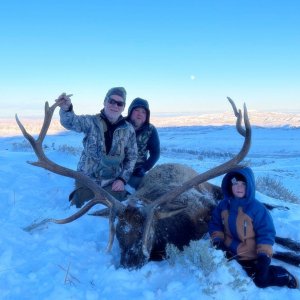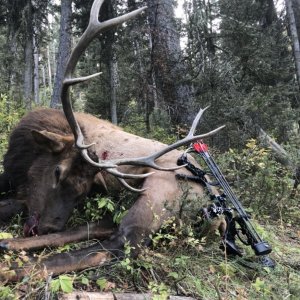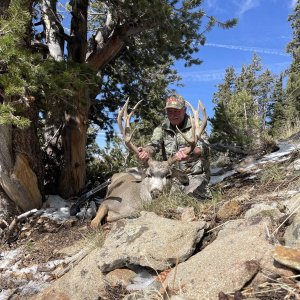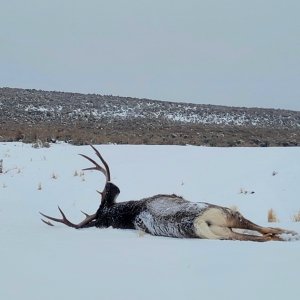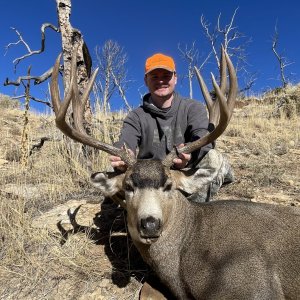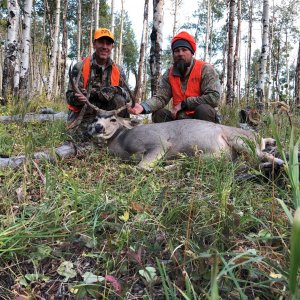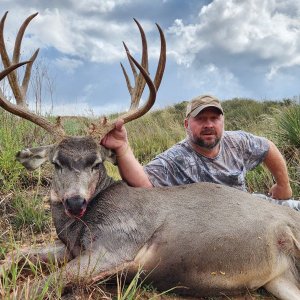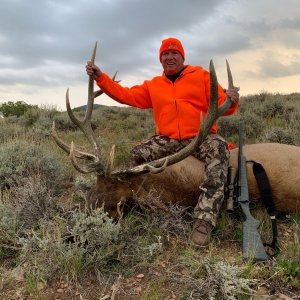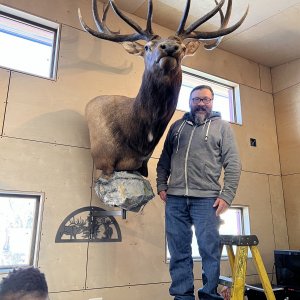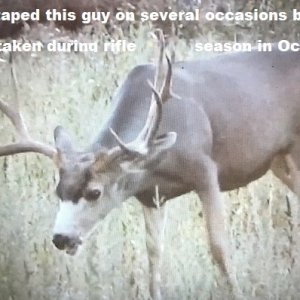Antelope have excellent eyes and are very fast and are a prey species. All prey species have self-preservation behaviors that tend to keep them alive. The antelope's aforementioned physical characteristics dictate their self-preservation behavior. Antelope like to be in open territory where they can see a long, long distance. They are betting that they can see a threat and run away from the threat before the threat can catch them, if they remain in open country.
If you are hunting with rifle, you can take pronghorn antelope at 200 yards, 300 yards, and some folks shoot them at even longer distances. They are small targets, smaller than deer, and hence are difficult to hit at such long distances. The wind which may prevail in the open places pronghorn like may tend to interfere with the rock-steady shooting position needed to make long shots. If you are hunting with bow and arrow you obviously need to be pretty close. The techniques for these different arms will be substantially different.
From what I read the most common way to hunt pronghorn antelope with a rifle is to position yourself on a hill overlooking a large open area where pronghorn might be, carefully scan the whole area with powerful optics (8x and higher binoculars to locate pronghorns, maybe a 30x spotting scope to evaluate heads if you are seeking a trophy). When you have located a pronghorn that meets your requirements, stalk to within shooting range and shoot the creature. Because of the pronghorn's exceptional eyesight and because of the generally open country, the stalk may be very difficult. You may need to crawl around on the ground. You may need to back down off the hidden side of the hill, walk in a large circle around the pronghorn's position to approach them from a ravine (draw, arroyo, whatever term you like) which conceals you. If you spook a pronghorn -- or more correctly, a herd of pronghorns, since they are not solitary animals generally -- sometimes they will run in a big circle and return to the same place from a different direction. You might be prepared to see if this happens. I have heard that often if you don't spook a pronghorn too much they may stop at the top of the ridge and look back at you just before they run over and out of sight. If this ridge line isn't too far away, you might drop into position and get ready to take a shot when the pronghorn pauses on the ridge. Pronghorn are less spooky at the very start of the season -- the first hour of opening day -- and this may be used to your advantage.
If you are hunting with bow and arrow, a common technique is to create an ambush at a waterhole. You may create a blind near the waterhole. Maybe you can sit atop a windmill next to the waterhole.
I have heard of people using pronghorn decoys to lure a pronghorn in close, popping up, shooting quickly.
You should field dress and skin the pronghorn carcass and get it on ice as soon as possible to keep the meat tasting good. If possible, avoid running your antelope before shooting it as a pronghorn full of adreneline and on the full run may not taste very good.
I confess that all of the above is based on what I have read in books, magazines, and in forums such as this. I have not actually hunted for pronghorn before, but have applied for a permit in unit 24 in Wyoming for 2004 and expect to be drawn to hunt there. The information I provide above, however, is stuff that I find writers and experienced hunters (posting in forums such as this) seem to be in agreement about, which leads me to think that it is solid information. I get the impression it is not really a difficult matter to successfully bag a pronghorn antelope, and hunter success rates are pretty high -- much higher than whitetail deer hunter success ratios, and much, much higher than elk hunter success ratios.

